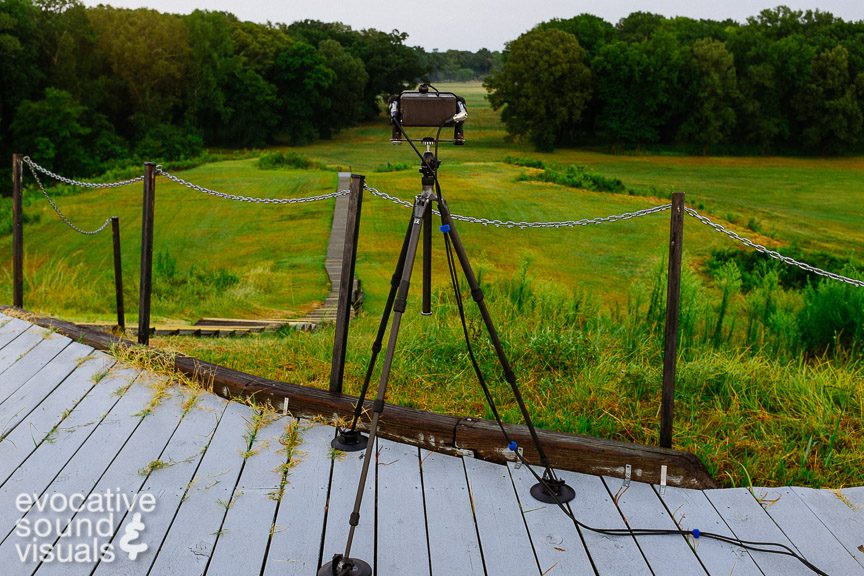In August 2015, with the imaginative hope of listening to and capturing the long-forgotten sounds of a prehistoric culture long since vanished, I visited Poverty Point State Historic Site, a series of earthworks made up of five mounds of varying height and concentric half-circle-shaped ridges dating back 3,400 years. Located in present-day northeastern Louisiana 15 miles west of the Mississippi River, the 402-area area is designated as a UNESCO (United Nations Educational, Scientific, and Cultural Organization) World Heritage site. In 2014, it became the 22nd such site in the United States, joining the likes of the Grand Canyon, the Everglades, Mesa Verde, and Olympic National Parks.
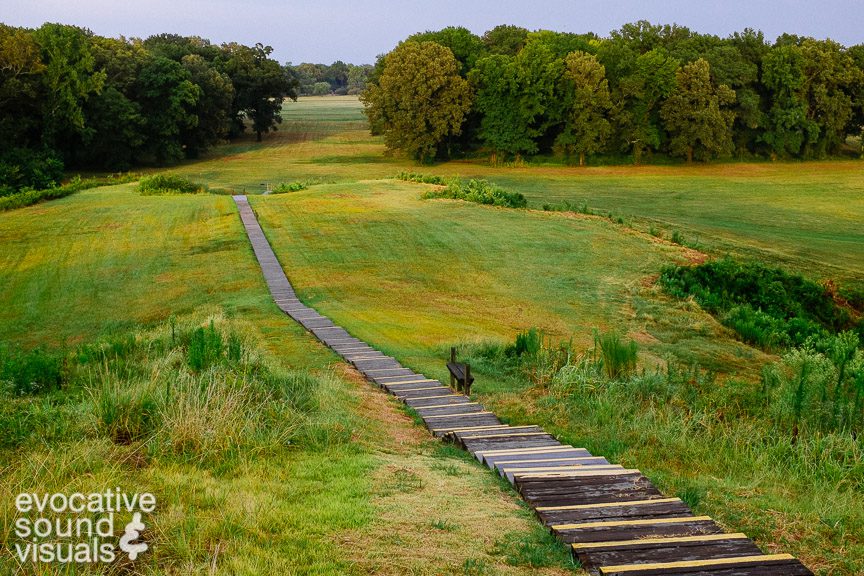
Constructed by a society of hunter-fisher-gatherers carrying stones and minerals from as far as 800 miles away, Poverty Point is believed to have been the largest settlement of its kind in North America at the time. Today, it is one of the most important archeological sites on the continent.
Because of several extensive excavations over the years, archeologists have concluded that the mounds at Poverty Point were not burial mounds, common during this period throughout the country. Some scholars therefore infer that the mounds were a display of power and wealth to impress neighbors in the Lower Mississippi Valley traveling to the area. Nevertheless, I walked and worked with reverence for the place and its people.
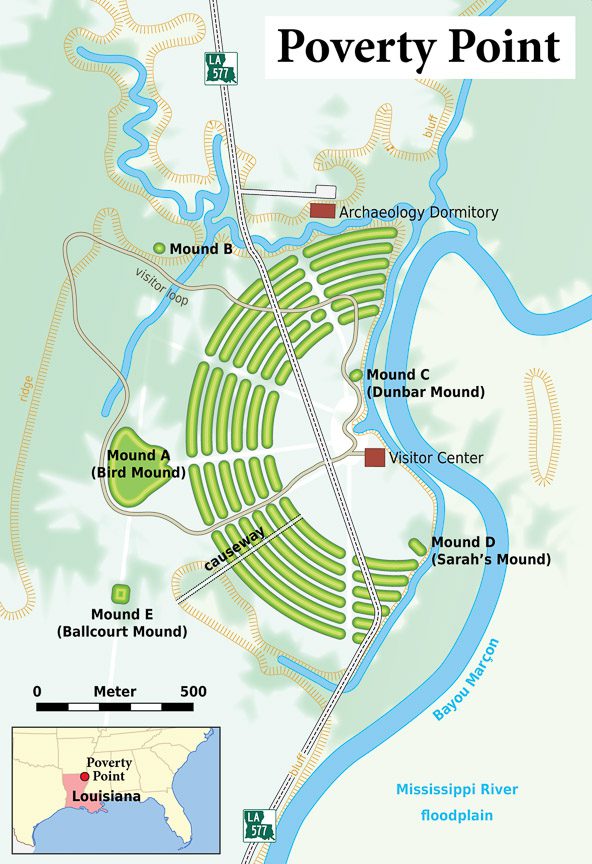
Maximilian Dörrbecker (Chumwa), CC BY-SA 2.5, via Wikimedia Commons
After meeting with the park manager and being given a lay of the land, I was greeted by an evening thunderstorm that slowly curled and darkened above me. This was an August evening. Thunderstorms here always bring with them cooler weather, for the moment anyway. I was grateful. I recorded a few thunderclaps near Mound A, the tallest mound, before making a retreat. A metal bus stop-like shelter near the mound offered scant protection from the horizontal rain and lightning coming down. It dawned upon me that being struck by lightning on the backside of an ancient mound with no one in sight would be a bad thing. Yet there was hardly anywhere else to go. I made a mad dash to the visitor’s center, hunkering down next to a soda machine.
After the storm broke, I climbed the steps to the observation area atop Mound A. It’s 72 feet above the surrounding land, according to a sign posted at its base. With such a commanding view, I assumed this would be a great place to record and set up my kit. However, the constant low-end hum of a store generator over a mile away proved me wrong. This was definitely not the sounds of Poverty Point early inhabitants heard. Running out of light and feeling a bit frustrated, I made my way over to Mound B.
Mound B is only 20 feet high, but 180 feet in diameter at its base. It was originally a perfect conical form. A cone head pointing up out of the landscape, if you would, dating back to 1,600 B.C. Excavations in 1955 altered its shape. I set up microphones behind the mound this time, using the terrain to block the faint sound of the annoying generator and occasional roadway (LA 577) noise. This position brought me up close to the crickets and other critters in the woods, 20 yards away.
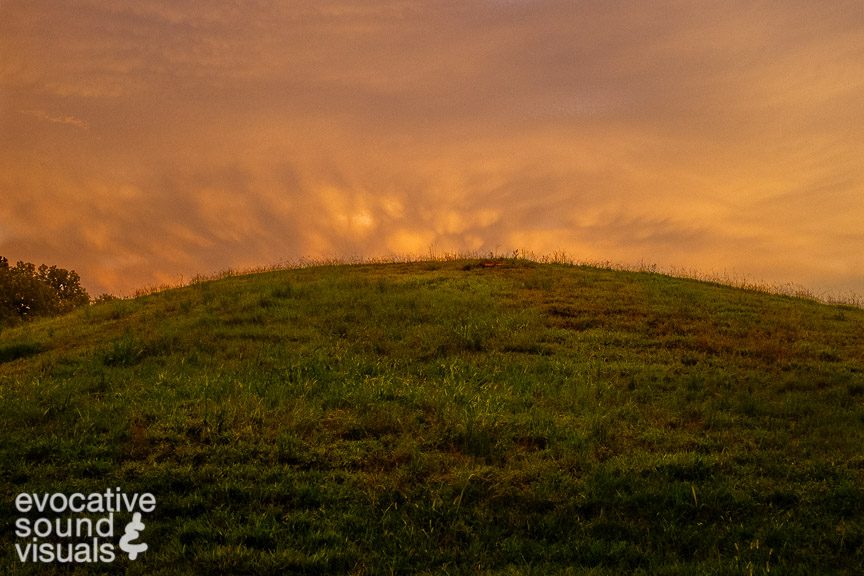
It is quite a feeling to be more or less alone on such ancient ground, where a people so far beyond my comprehension worked and lived. I hope the recording, featured on my soundscape album Deep South Memories, gives the listener a possible sense of what a person may have heard all those years ago. But to be honest, who knows?
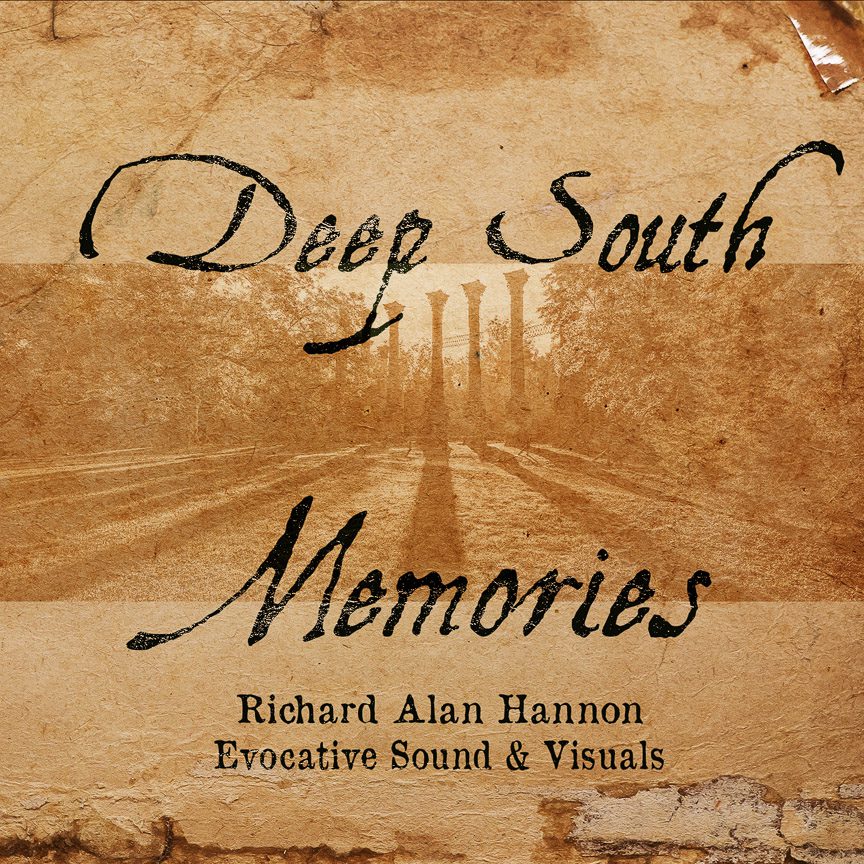
Being named a World Heritage site, Poverty Point is now on the world stage. The area can be recognized for something other than a nearby 19th-century cotton plantation. The Epps Plantation, where New York citizen Solomon Northup was held for most of his 12 years in slavery until being rescued in 1853, is nearby. To be fair, the State of Louisiana had been, and still is, a superb steward of the site, even before the international recognition.
Map of Present-Day Poverty Point
New UNESCO World Heritage Site in Ohio
In September 2023, the Hopewell Ceremonial Earthworks, consisting of eight scattered sites in south central Ohio, were officially placed on the UNESCO list. This is the state’s first UNESCO distinction and a big deal. I’m from Ohio and live here again. I need to visit these places. For the visual and hopefully sonic experiences. I have an educated, sinking suspicion that man-made noise will be much more pronounced. We’ll see, and hear.
Further Reading
- Take a look at an interactive map of UNESCO sites here, along with their page for Poverty Point here.
- Learn more about the Hopewell Ceremonial Earthworks here.
- Read a summary of Twelve Years a Slave: Narrative of Solomon Northup, a Citizen of New-York, Kidnapped in Washington City in 1841, and Rescued in 1853, from a Cotton Plantation near the Red River in Louisiana, here.
Recording Note
The track entitled At Poverty Point on Deep South Memories was recorded with two low-noise Audio Technica 3032 omnidirectional microphones in a DIY baffled omni mount, recorded to a Sony PCM M10 recorder at 96 kHz/24 bit, with a Sound Devices Mixpre-D at the front end.
Addressing Park Concerns
Park management expressed concern that my tripod legs could damage the mounds. Therefore, I used a set of tripod shoes purchased for a photography shoot at Great Sand Dunes National Park. These worked great for keeping the tripod from sinking into the sand. They were enough to appease Poverty Point staff too. They’re Lunar Landing-looking things, meant for shooting atop snowbanks and such. They are better than carrying pieces of cardboard in your camera bag, which I used to do before getting fancy.
